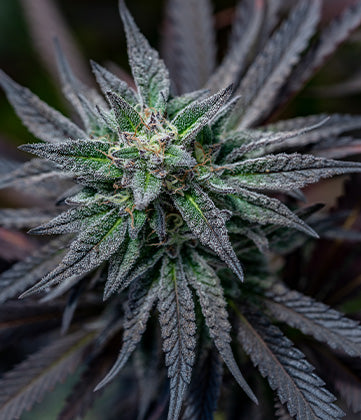Hemp, a versatile and resilient plant, has had a long and storied history. From its ancient origins to its legal challenges and recent resurgence, this remarkable crop has experienced a rollercoaster of legalities and societal perceptions. In this blog, we will explore the historical significance of hemp, its complex legal journey, and the bright future it holds for various industries.
Ancient Origins and Historical Significance:
Hemp has been cultivated for thousands of years, with its roots tracing back to ancient civilizations. Archaeological evidence suggests its utilization as early as 8000 BCE in regions like Asia, the Middle East, and Europe. Ancient Chinese civilizations used hemp fibers for textiles, ropes, and paper, recognizing its durability and versatility. The plant’s nutritional benefits were also recognized, with hemp seeds being consumed as food and oil.
Legal Challenges and Misunderstandings:
The legal status of hemp has been tumultuous throughout history. In the 20th century, misinformation and political factors led to the demonization of hemp alongside marijuana. This resulted in stringent regulations and ultimately the inclusion of hemp under the Controlled Substances Act in the United States in 1970. Despite hemp’s low THC (tetrahydrocannabinol) content, which differentiates it from marijuana, both plants were treated similarly.
Emerging Legalization and Rebirth:
In recent years, there has been a paradigm shift surrounding the perception and use of hemp. People began recognizing the plant’s potential and advocating for its resurgence. The Agricultural Act of 2014 (Farm Bill) in the United States allowed the cultivation of industrial hemp for research purposes. Subsequently, the 2018 Farm Bill removed hemp from the Controlled Substances Act, legalizing its cultivation and opening doors for commercial applications.
The Promising Future of Hemp:
Legalization has sparked a multitude of opportunities for various industries. Here are some key areas where hemp’s potential shines:
1. Sustainable Textiles: Hemp fiber is renowned for its strength and durability. It requires fewer pesticides and fertilizers compared to conventionally grown cotton, making it a more environmentally friendly option for textile production. Hemp-based clothing, shoes, and accessories are gaining popularity for their sustainability and comfort.
2. Nutritious and Functional Food Products: Hemp seeds, rich in healthy fats, protein, and minerals, are increasingly being used in a variety of food products. From protein bars and smoothies to hemp milk and cooking oil, these versatile seeds offer a nutrient-dense alternative for health-conscious consumers.
3. Eco-friendly Construction: Hempcrete, a mixture of hemp fibers and lime, is rapidly gaining recognition as a sustainable and energy-efficient building material. It has excellent insulation properties, is fire-resistant, and sequesters carbon dioxide during its lifecycle, making it a greener choice for construction projects.
4. CBD Industry: Cannabidiol (CBD), a non-psychoactive compound found in hemp, has gained immense popularity for its potential wellness benefits. The CBD market has expanded significantly, with products ranging from oils and capsules to skincare and pet care. The therapeutic potential of CBD is being explored extensively, opening new avenues for research and innovation.
Conclusion:
From its ancient origins and historical significance to its legal challenges and recent revival, the journey of hemp encapsulates resilience and adaptation. As societies become more informed about the plant’s distinction from marijuana and recognize its potential applications, hemp’s future looks promising. From sustainable textiles and eco-friendly construction to nutritious food products and the thriving CBD industry, hemp is poised to redefine various sectors and contribute to a more sustainable and diversified economy. With supportive regulations and continued research, the reimagining of hemp is an exciting prospect for a greener and more prosperous future.





